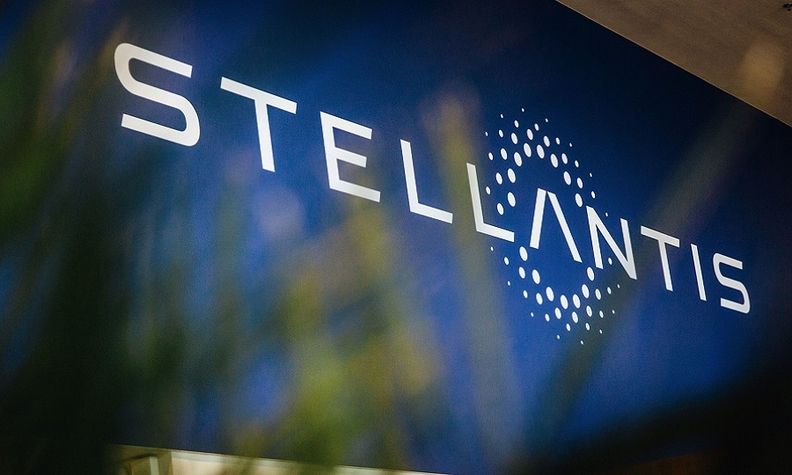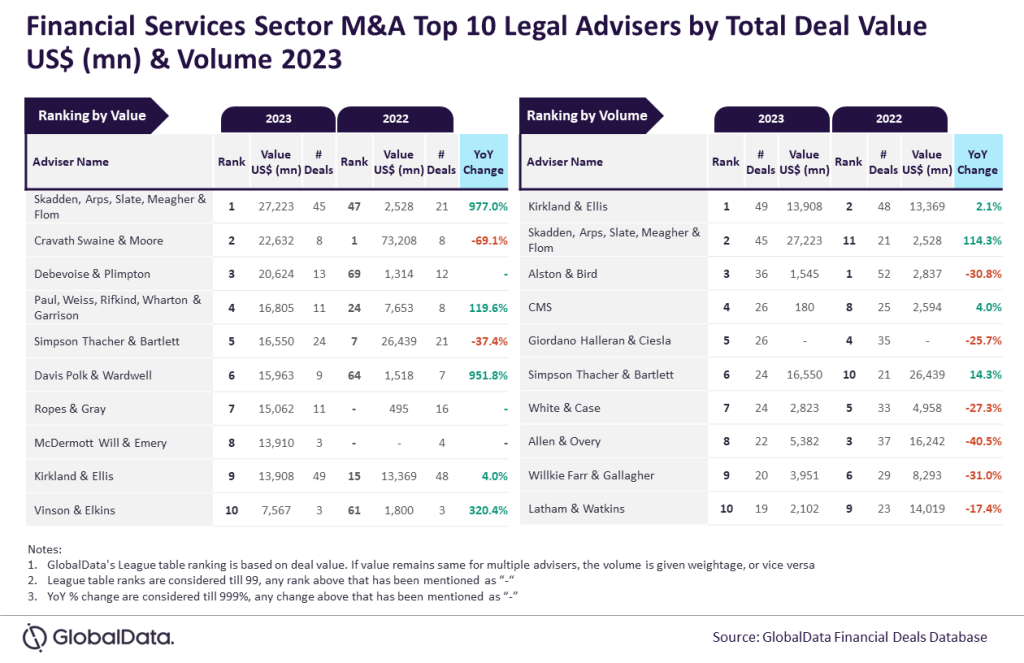
The automotive sector is facing a revolution, with traditional businesses set to be ousted by new, disruptive models and agile, daring technology, writes Shoosmiths’ Anastasia Fowle.
The transformation of the automotive industry is not new, but the likes of this revolution have not been seen for many years.
The ever-advancing autonomous vehicle (AV) technology, advanced driver-assistance systems (ADAS) and other forms of connectivity are creating fundamental changes and new emerging industries within the automotive industry, whether by means of needed capabilities – for example, software expertise or cybersecurity – or third-party partnering prospects.
ADAS presents many opportunities for original equipment manufacturers (OEMs) to leverage their positions in the market and drive revenue, and there are clear indications that customers want them, and are willing to pay for them. It will enable increased customer reach and touch points with the ability to capture customer data to create personalised, real-time communications or a highly sophisticated understanding of each and every end user and their preferences.
It is good news for OEMs that there is seemingly a willingness from customers to share personal data for connectivity via apps, where the case for use meets the customer’s needs. If the value proposition is clear, then customers will likely support data sharing and indeed, be willing to pay for it.
The predicted reduction of vehicles on the road and the increase in AV vehicles means a corresponding forecast of reduction in traffic accidents, perhaps leading to decline in “traditional” parts sales. Manufacturers are looking to adapt to a consumer-driven approach, where the customer decides when, where, how and whether to bolt on added extras or functionality. An example is the recent announcement by Volvo of its new connectivity solution, giving the customer the option to ‘subscribe’ to a car. Subscribing will see users paying a fixed monthly fee for the car, all its servicing and maintenance, rescue and insurance for selected drivers who can then share the use of the car, get it refuelled and allow third-party selective access to the car through an app. Other manufacturer solutions are also emerging.
How well do you really know your competitors?
Access the most comprehensive Company Profiles on the market, powered by GlobalData. Save hours of research. Gain competitive edge.

Thank you!
Your download email will arrive shortly
Not ready to buy yet? Download a free sample
We are confident about the unique quality of our Company Profiles. However, we want you to make the most beneficial decision for your business, so we offer a free sample that you can download by submitting the below form
By GlobalDataIndependently owned dealer networks will also need to be agile and adapt – retail sales and servicing models may need to be adjusted and new structures and partnering models defined between the manufacturer and dealer.
It is apparent, from working with many of the big automotive players, that the industry is radically adjusting to the new challenges in light of the new technology – from ownership model restructuring to forging new and unchartered partnerships.
A fundamental part of the realignment will require an acute understanding and awareness of personal data handling and GDPR compliance – this needs to be embedded in each project from the outset. Businesses must get internal expertise right and clearly define which departments and units are responsible for negotiating certain aspects and contracts.
What is to be done?
The implementation of GDPR does present a task for the automotive industry, but engaging the stakeholders and aligning all those in the supply chain and wider group structure will minimise inconsistent approach, duplication of effort and misunderstanding, which will enable the innovation, adaptability and new technology to step in.
Ensuring that the right building blocks are in place from the outset of new technology development will significantly help businesses become GDPR-compliant. Embedded privacy by design and default features, user-controlled privacy settings, contracts with the right third-party partners, realigned dealership networks, or marketing preferences and capture statements are all mechanisms that should be considered.
Ownership and delineating appropriate parameters for sharing customer data must also be addressed. If clear structures with appropriate safeguards are put in place now and the OEM, dealer and other third parties are aligned, battles will be avoided in the long term. If any parties in the supply chain fail to get this right, they all fail – as they risk loss of consumer loyalty, potential data breaches, litigation and declining brand reputation, leading to an eventual downturn in revenue at a time when it is crucial that those in the supply chain work together to adapt and innovate.
GDPR compliance will require budget allocation, but money alone will not be enough: a seismic change in culture and understanding will be required, from call centres and sales staff to board level. Industry needs to place protection of individual’s privacy at the forefront of every aspect of the business and project.
The development of driverless technology has been rapid, but the speed at which it has progressed also increases the possibility that systems are designed in haste, partnerships are forged without necessary due diligence and staff are insufficiently trained, thereby increasing the risk of data protection breaches.
Thorough and consistent training of staff is an essential investment. Employees with a thorough and regularly refreshed knowledge of the data-handling processes and requirements are a valuable asset. This should not be limited to just those staff in IT. All employees should have an awareness of the GDPR processes and the ramifications breaches can entail, while all employees who collect customer data, no matter how menial, should be given specific guidance tailored to their roles.
A contingency plan should also be in place should a crisis strike, and a well-rehearsed disaster situation will ensure the best outcome if it ever became a reality. Minimising leaks when they happen will have a profound effect upon the consequences to the business.
The opportunities are there for the taking, provided they are not seized at the expense of the customer’s data.







